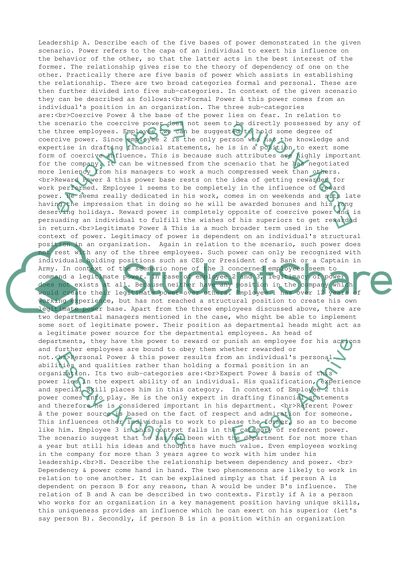Cite this document
(“Leadership Essay Example | Topics and Well Written Essays - 500 words - 23”, n.d.)
Leadership Essay Example | Topics and Well Written Essays - 500 words - 23. Retrieved from https://studentshare.org/management/1592118-leadership
Leadership Essay Example | Topics and Well Written Essays - 500 words - 23. Retrieved from https://studentshare.org/management/1592118-leadership
(Leadership Essay Example | Topics and Well Written Essays - 500 Words - 23)
Leadership Essay Example | Topics and Well Written Essays - 500 Words - 23. https://studentshare.org/management/1592118-leadership.
Leadership Essay Example | Topics and Well Written Essays - 500 Words - 23. https://studentshare.org/management/1592118-leadership.
“Leadership Essay Example | Topics and Well Written Essays - 500 Words - 23”, n.d. https://studentshare.org/management/1592118-leadership.


